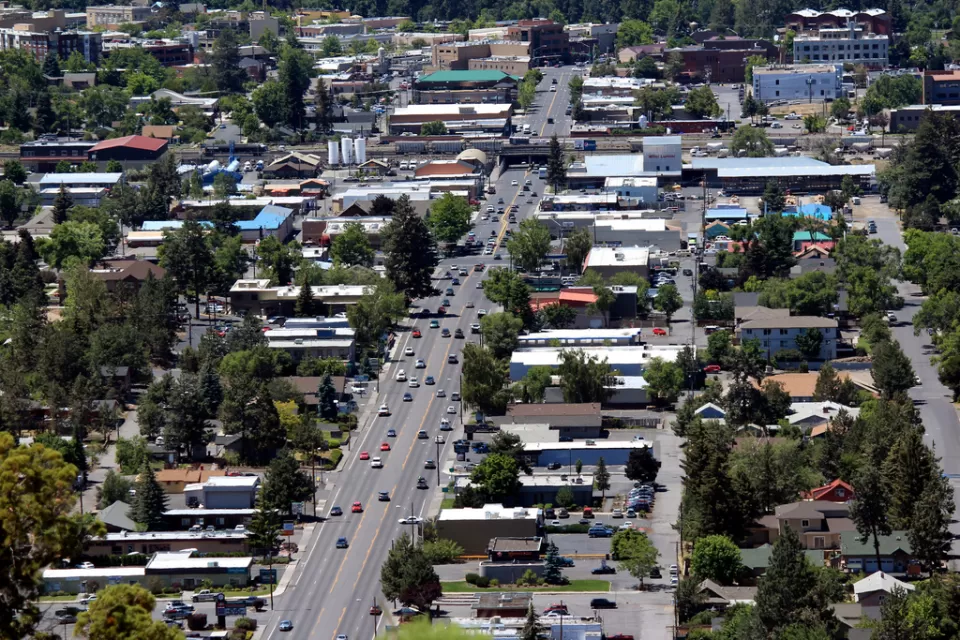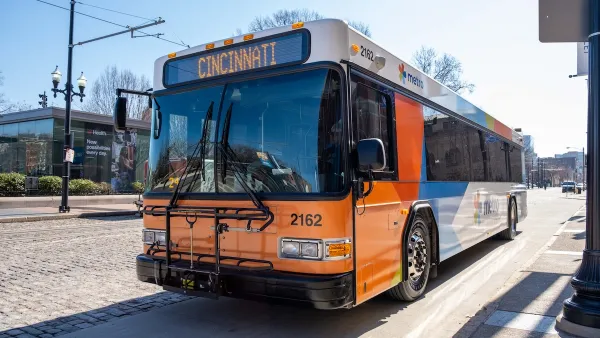John Yung traces Cincinnati's dramatic comeback over the last decade, and gives credit to the Center City Plan developed in 2002 by HR&A and Cooper, Robertson & Partners for laying the groundwork for the city's subsequent revitalization.
Yung looks back ten years to a city shaken by civil unrest and with a downtown in decline, in order to contrast Cincinnati's dramatic turnaround over the past decade. "In ten years time, the city center has experienced a resurrection from what appeared to be a near death experience. Fountain Square now attracts concerts and events, The Banks has become reality, Over-the-Rhine is being revitalized before our eyes, and it seems like every day there is a new project, a new store, a new cultural amenity, or a new festival choosing the downtown area."
Although others have credited Mayor Mark Mallory with leading the city on a path of progressive urbanism, Yung looks to the Center City Plan [PDF] as having laid the foundation for the current resurgence. According to Yung, oriented around four key initiatives, "What the plan did is lay out a vision and way forward for the city to
begin restoring the vitality of its largest economic center."
Writing in The New York Times, Keith Schneider profiles the Queen City's re-emergence "as a hub of civic and economic vitality." Noting the convergence of market trends such as the University of Cincinnati's growing prominence and energy industry investments for the city's economic strength, Schneider observes that the city, "is experiencing a strong revival in urban core business and
residential growth, much of it prompted by development along a scenic
river that state and federal water quality data show is cleaner and more
ecologically vital."
FULL STORY: The Triumph of Cincinnati’s Center City Plan

Maui's Vacation Rental Debate Turns Ugly
Verbal attacks, misinformation campaigns and fistfights plague a high-stakes debate to convert thousands of vacation rentals into long-term housing.

Planetizen Federal Action Tracker
A weekly monitor of how Trump’s orders and actions are impacting planners and planning in America.

Chicago’s Ghost Rails
Just beneath the surface of the modern city lie the remnants of its expansive early 20th-century streetcar system.

Bend, Oregon Zoning Reforms Prioritize Small-Scale Housing
The city altered its zoning code to allow multi-family housing and eliminated parking mandates citywide.

Amtrak Cutting Jobs, Funding to High-Speed Rail
The agency plans to cut 10 percent of its workforce and has confirmed it will not fund new high-speed rail projects.

LA Denies Basic Services to Unhoused Residents
The city has repeatedly failed to respond to requests for trash pickup at encampment sites, and eliminated a program that provided mobile showers and toilets.
Urban Design for Planners 1: Software Tools
This six-course series explores essential urban design concepts using open source software and equips planners with the tools they need to participate fully in the urban design process.
Planning for Universal Design
Learn the tools for implementing Universal Design in planning regulations.
planning NEXT
Appalachian Highlands Housing Partners
Mpact (founded as Rail~Volution)
City of Camden Redevelopment Agency
City of Astoria
City of Portland
City of Laramie





























